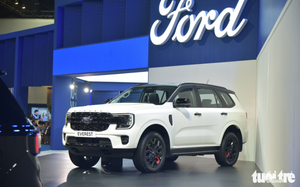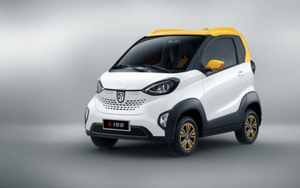
Multiple auto models at risk of sales ban in Vietnam under stricter fuel standards
Many car models in the Vietnamese market will be discontinued or pulled from sales starting in 2030 if stricter fuel consumption control policies are implemented.
Up to 97 percent of the current internal combustion engine (ICE) vehicle models could face production or import bans due to non-compliance, according to the findings from a study jointly conducted by the Central Institute for Economic Management (CIEM) and the Institute of Transport Science and Technology (ITST).
Roadmap to reduce fuel consumption
As per Decision 876, issued in July 2022, the prime minister passed a national plan to cut fuel use and greenhouse gas emissions in the transport sector.
In late September last year, the Ministry of Transport, currently known as the Ministry of Construction, released Decision 1191, which includes ‘Measure E17,’ which mandates maximum fuel consumption limits for all new vehicles manufactured, assembled, or imported into Vietnam until 2030.
By 2030, the target fuel consumption limits are:
- Motorcycles: no more than 2.3 liters/100km
- Cars under 1,400cc: 4.7 liters/100km
- Cars between 1,400cc and 2,000cc: 5.3 liters/100km
- Vehicles over 2,000cc: 6.4 liters/100km
These figures mark a significant reduction from current averages, which most ICE vehicles in Vietnam exceed.
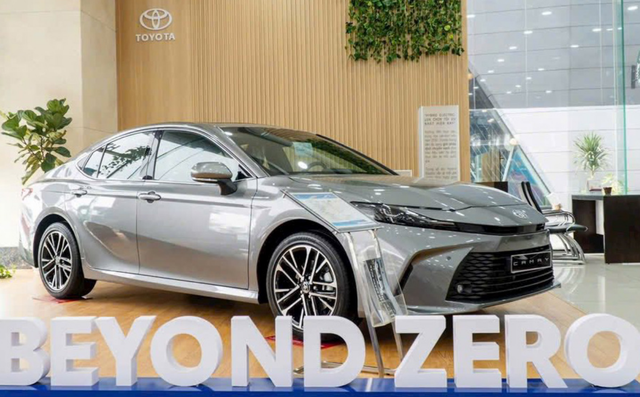
Vehicles that can meet the new fuel consumption targets are mostly hybrids, while few gasoline- or diesel-powered cars qualify. Photo: Toyota
Two approaches under consideration
To enforce the new limits, policymakers are weighing two regulatory approaches, including MEPS (Minimum Energy Performance Standards) and CAFC (Corporate Average Fuel Consumption).
The MEPS set strict fuel consumption limits per vehicle category based on engine size.
Accordingly, vehicles that exceed the limits cannot be sold.
Meanwhile, the CAFC calculates the average fuel consumption of a manufacturer’s entire fleet, allowing a mix of fuel-efficient and less efficient vehicles, as long as the average meets the target.
Many experts have voiced preference for the CAFC due to its flexibility and reduced economic impact.
Tran Quang Ha, deputy head of the Department of Science, Technology, Environment and Building Materials under the Ministry of Construction, confirmed that the ministry had tasked the Vietnam Register with drafting a new technical standard to guide manufacturers ahead of mandatory enforcement.
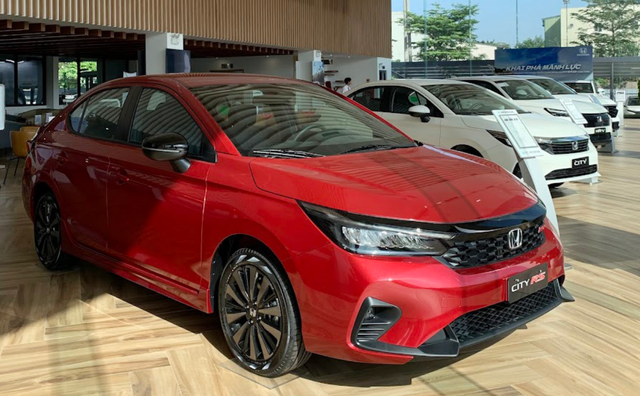
The CAFC approach will ease the pressure on car manufacturers and traders. Photo: Supplied
Economic consequences, industry impact
The CIEM-ITST study warned that if Vietnam adopts MEPS standards, around 97 percent of the current ICE vehicle models will be forced to cease production or halt imports.
This could trigger a 77-percent drop in vehicle sales annually, resulting in GDP losses of up to VND574 trillion (US$22 billion), and a VND377-trillion ($14.5 billion) decline in the state budget.
In contrast, the CAFC approach would mitigate these losses significantly, with an estimated GDP hit of VND73 trillion ($2.8 billion) and a VND38-trillion ($1.5 billion) budget shortfall.
Dao Cong Quyet from the Vietnam Automobile Manufacturers’ Association noted that only battery electric vehicles, self-charging hybrids, and plug-in hybrids are likely to meet the MEPS requirements.
Most ICE vehicles currently sold would not comply.
High-risk models
- Toyota Land Cruiser (3,445cc): fuel consumption as low as 9.56 liters/100km, well above the 6.4-liter threshold for vehicles over 2,000cc.
- Ford Everest (1,996cc): 6.8 liters/100km, exceeding the 5.3-liter cap for its class.
- Mitsubishi Xpander (1,499cc): 6 liters/100km, also above the limit.
However, hybrid versions like the Xpander Hybrid sold in Thailand may help manufacturers adapt and continue competing in the Vietnamese market.
Many auto brands are shifting toward hybrid technology as a solution to adapt to new standards in various countries.
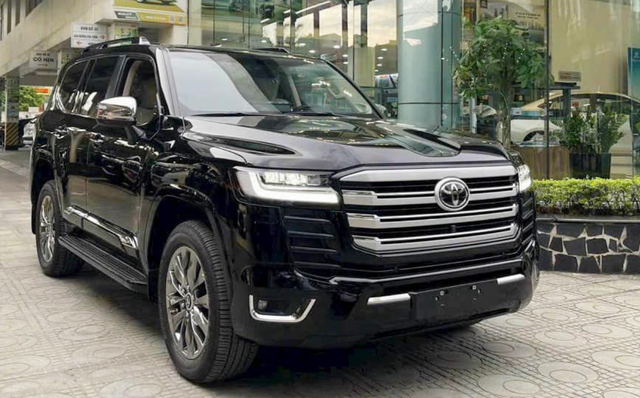
Models like the Toyota Land Cruiser might struggle to meet MEPS standards. Photo: Supplied
Tieu Bac - Minh Son / Tuoi Tre News
Link nội dung: https://news.tuoitre.vn/multiple-auto-models-at-risk-of-sales-ban-in-vietnam-under-stricter-fuel-standards-103250430171410427.htm
